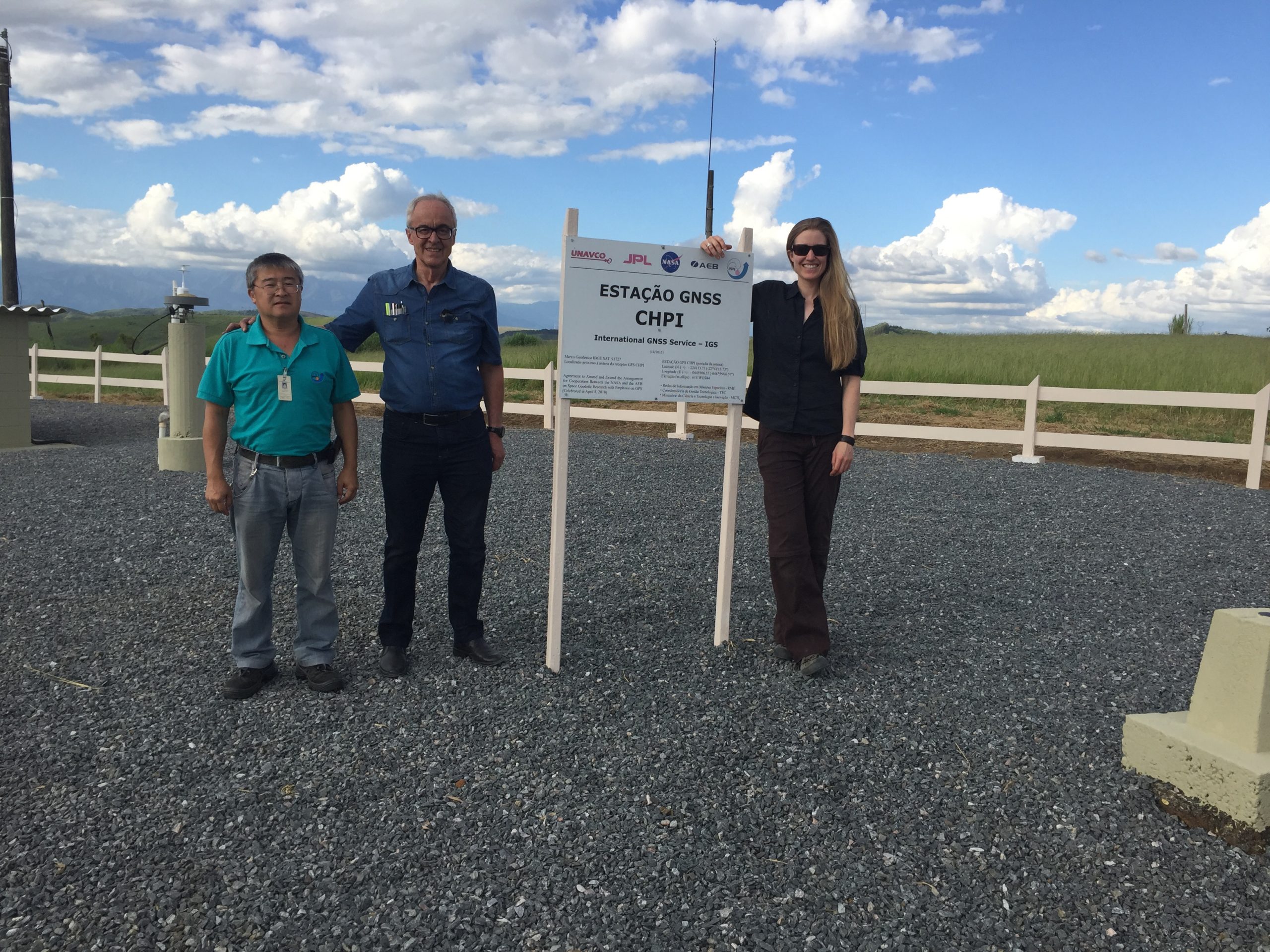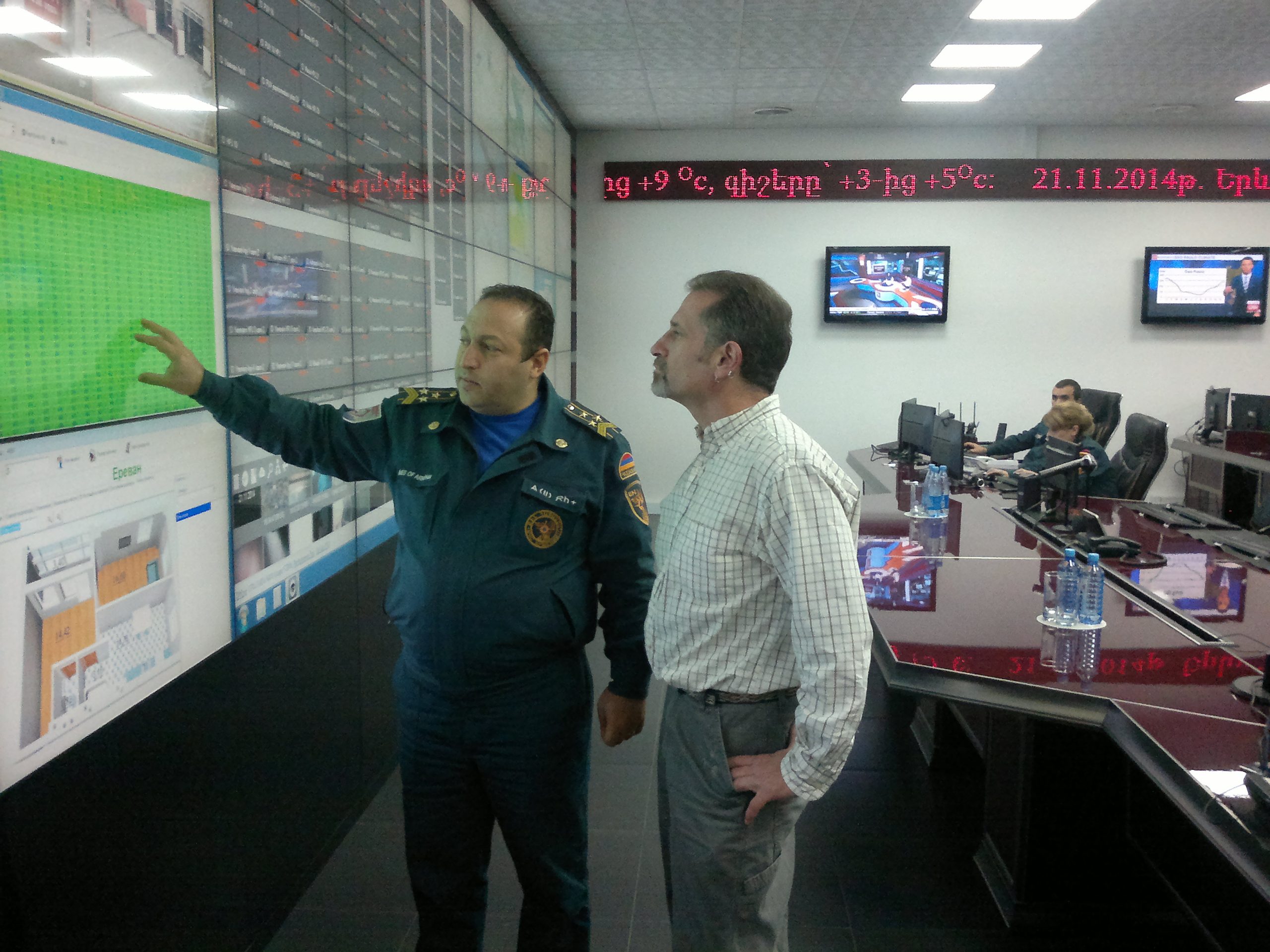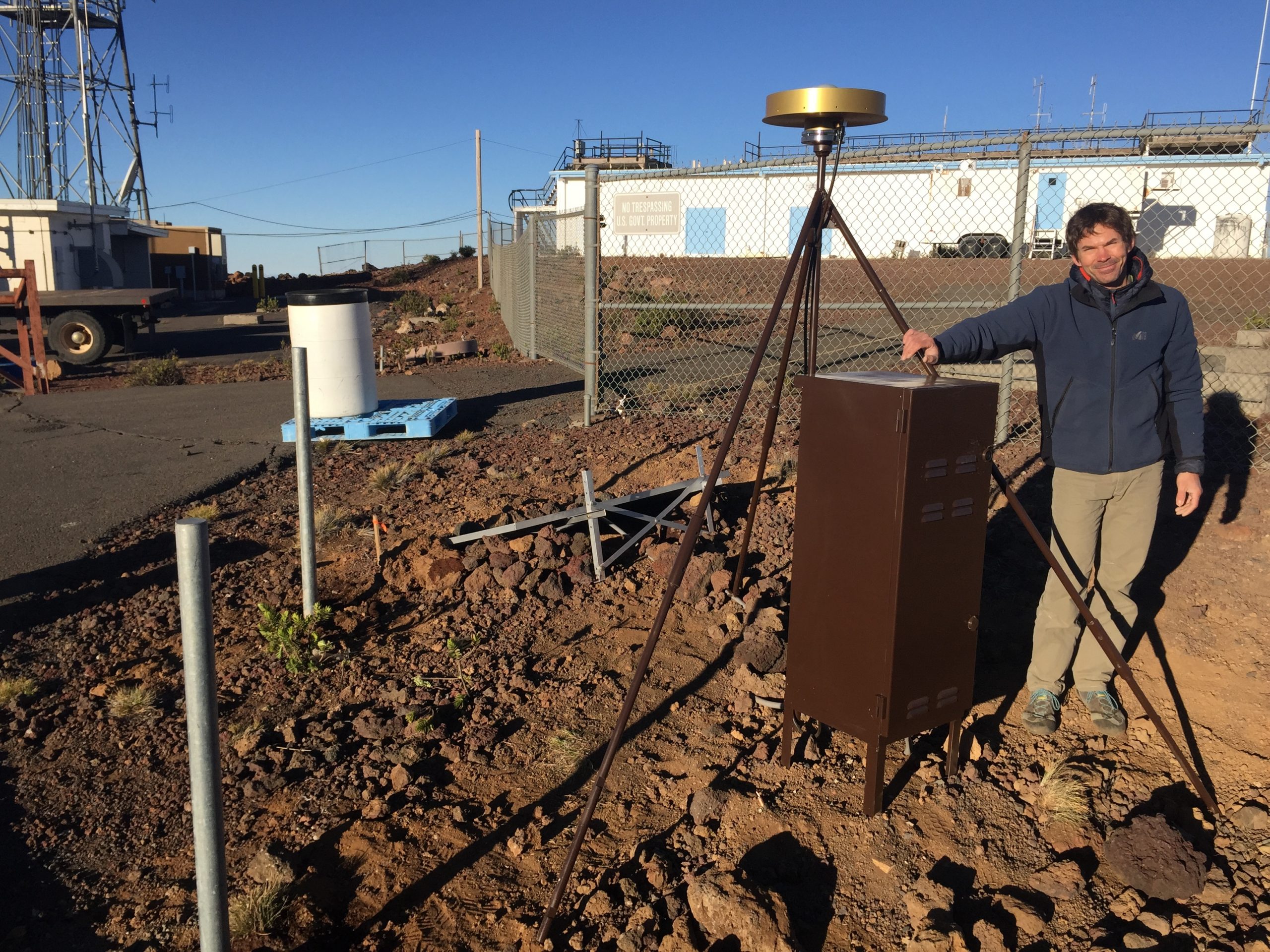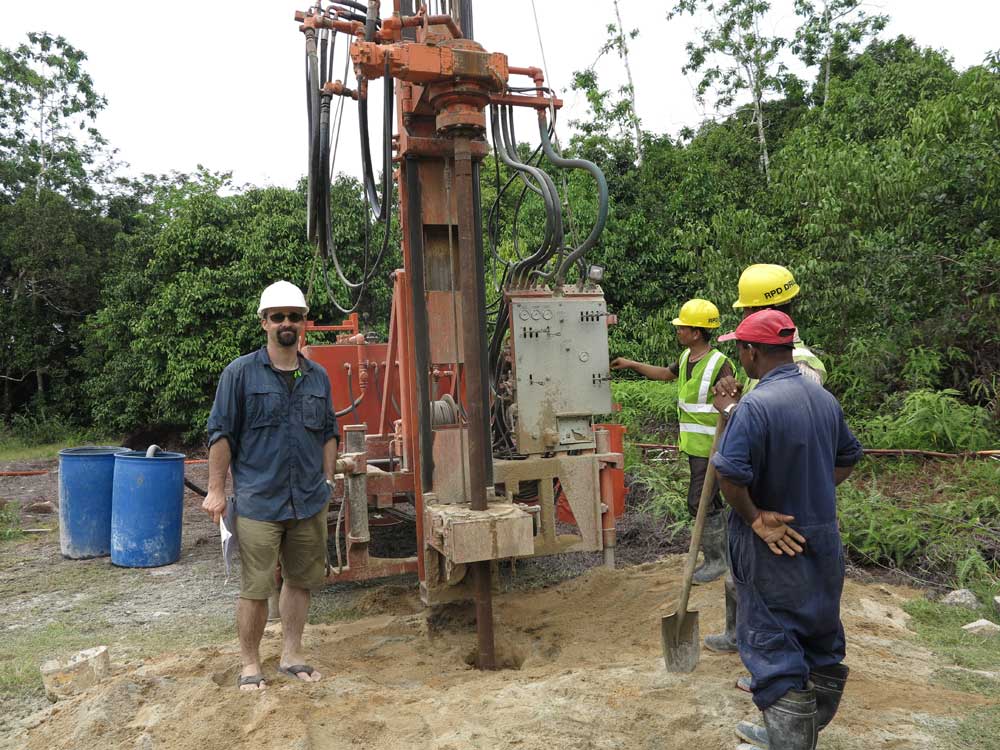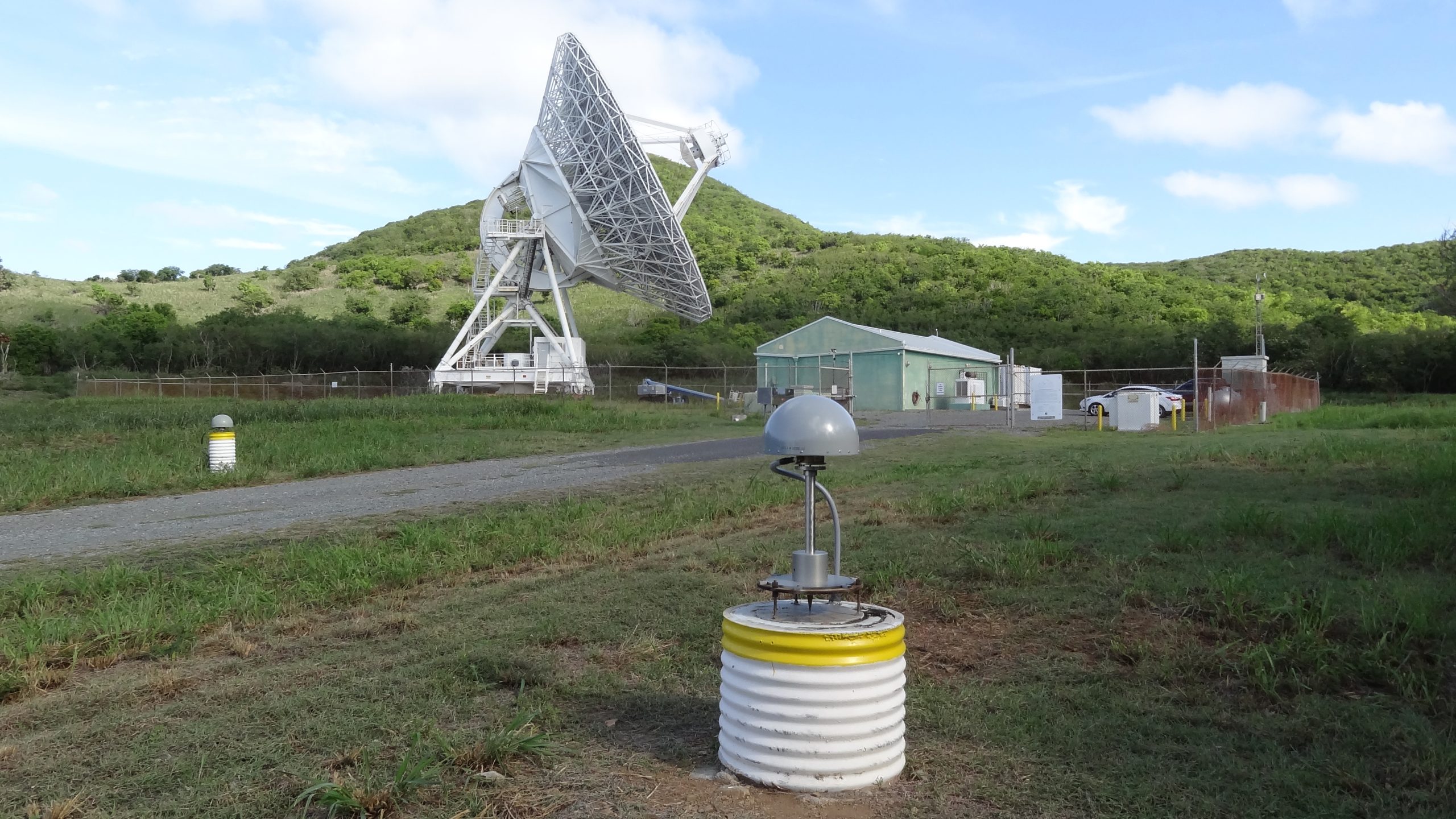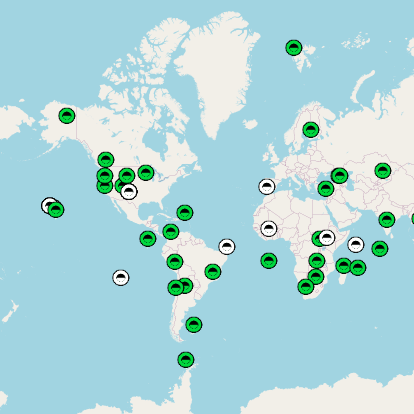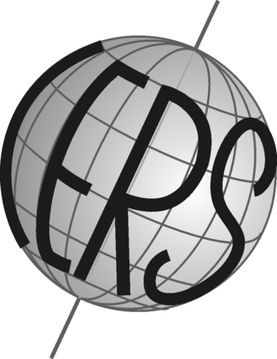The GAGE Facility, in conjunction with the Jet Propulsion Laboratory (JPL), is responsible for monitoring the 60 permanent GNSS stations that comprise the NASA Global GNSS Network (GGN). These sites represent approximately 16% of the International GNSS Service (IGS) global system of satellite tracking stations.
Data from these stations are used to produce highly accurate products that are essential for Earth science research, multidisciplinary applications, and education. The products include GNSS satellite ephemerides, Earth rotation parameters, global tracking station coordinates and velocities, GNSS satellite and tracking station clock information, zenith tropospheric path delay estimates, and global ionospheric maps. These products help improve and extend the International Terrestrial Reference Frame (ITRF) maintained by the International Earth Rotation and Reference Systems Service (IERS). Additionally, these products support the monitoring of the Earth’s deformation, rotation, and ionosphere, as well as orbit determinations of scientific satellites.
GGN
As part of its support to the NASA Global GNSS Network (GGN), the GAGE Facility monitors the network on a sub-hourly level, conducts maintenance and troubleshooting as necessary, and installs new stations as directed by JPL. See a map of GGN stations here.
IGS
The GAGE Facility also supports the International GNSS Service (IGS) Central Bureau (IGSCB) by providing technical and logistical support for the various IGSCB responsibilities including web mirror maintenance and readiness, development and maintenance of TEQC, and IGS workshop and committee contributions. See a map of all the IGS stations here.

